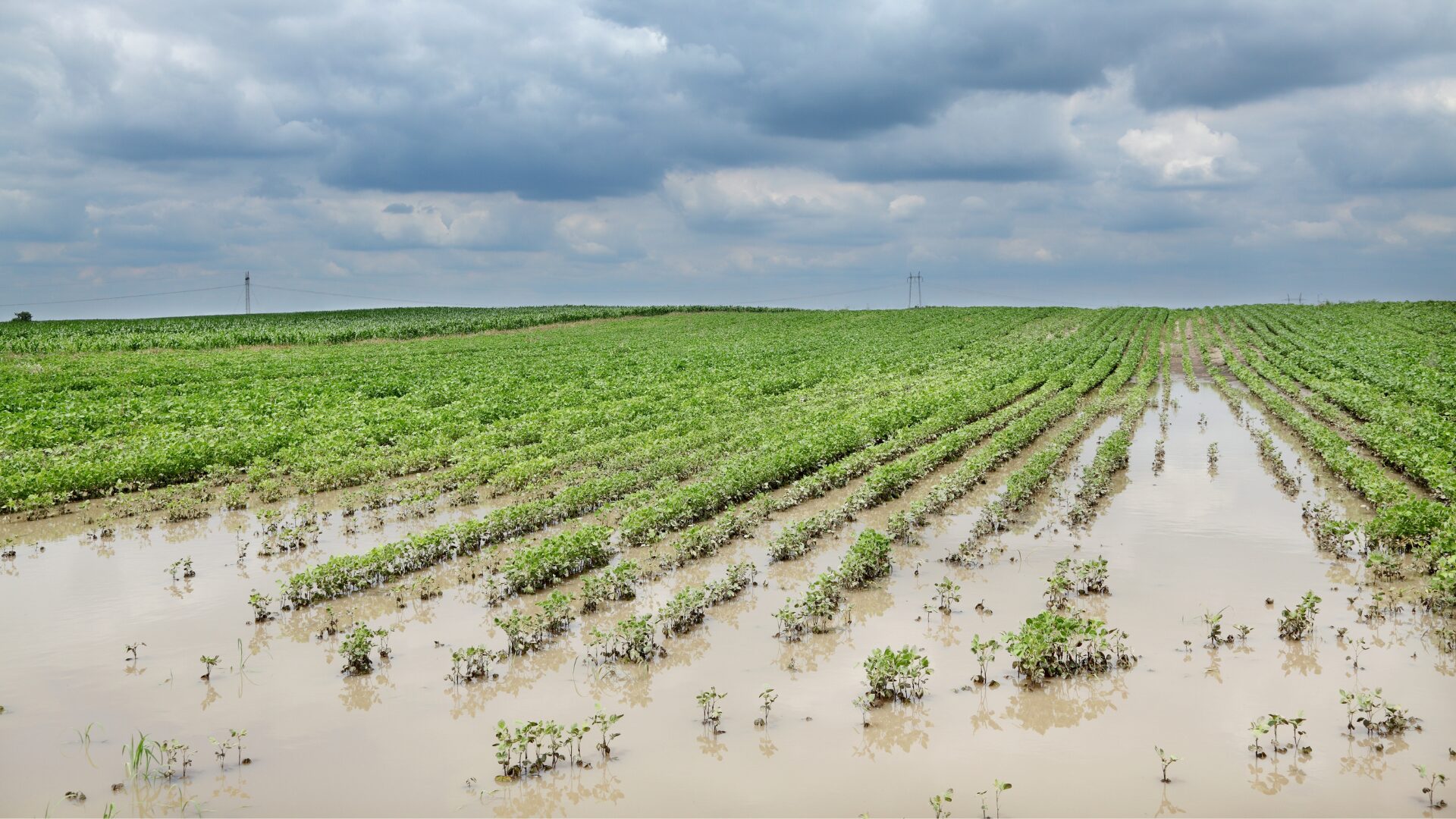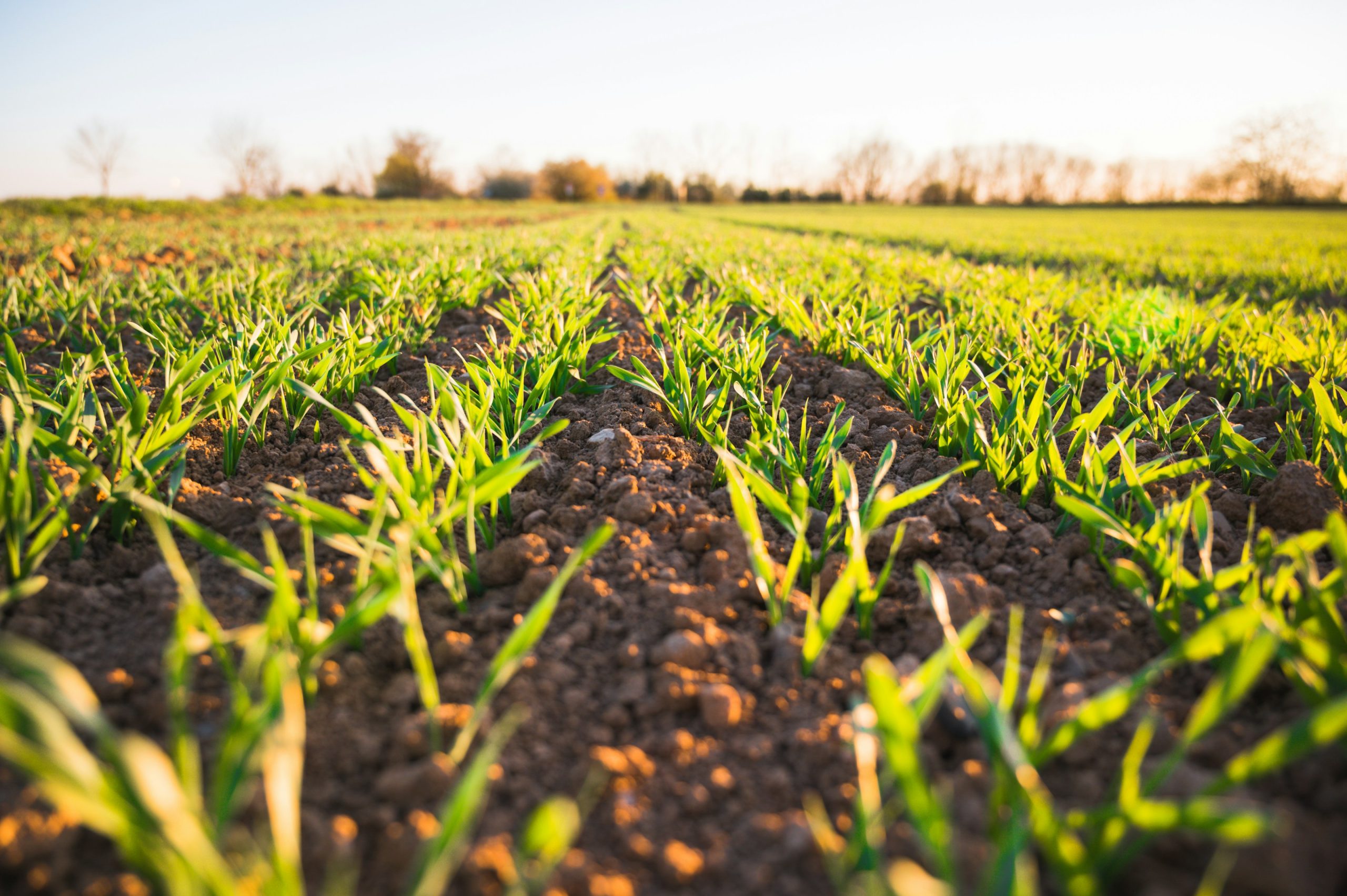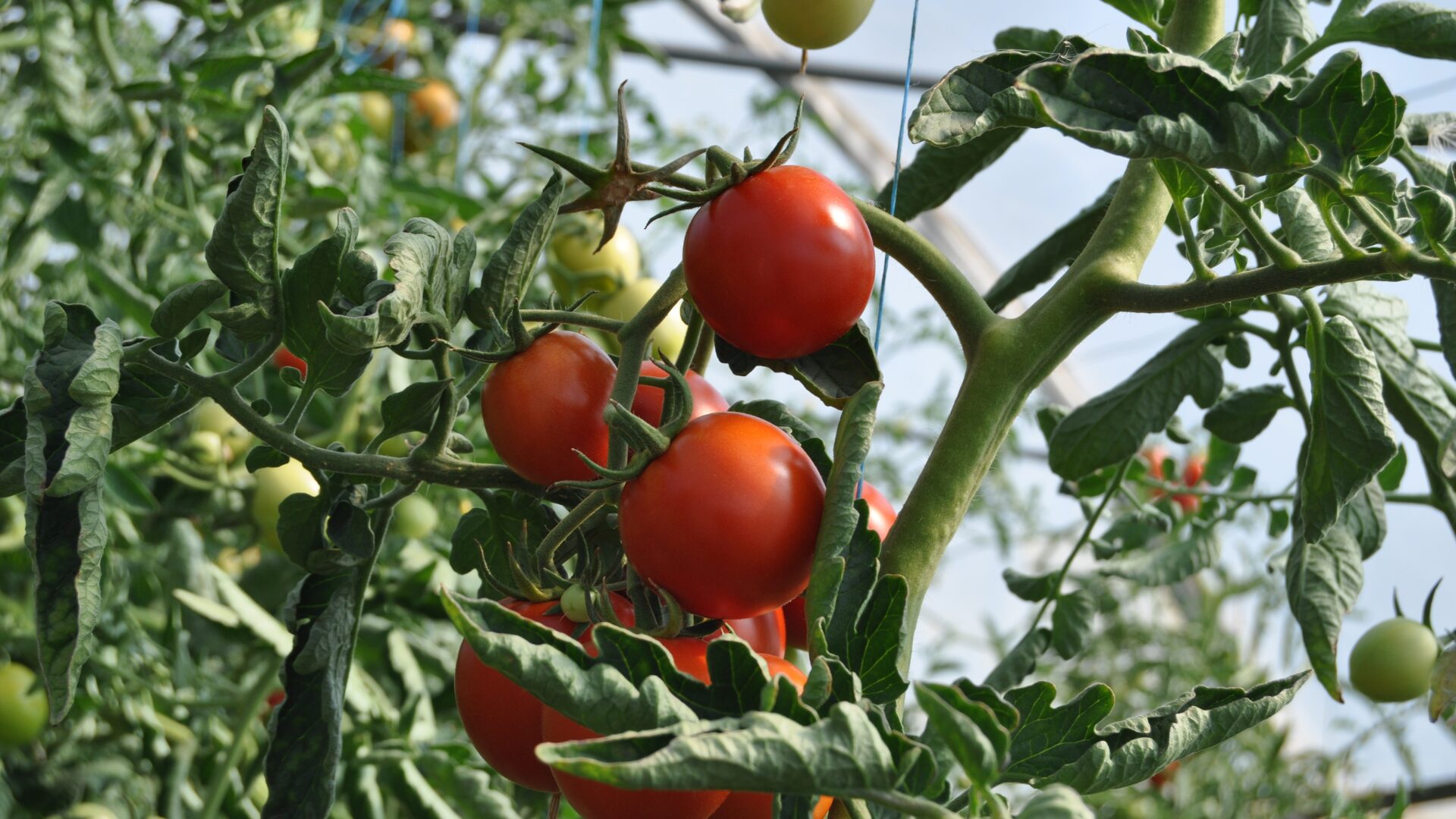Hurricane Helene’s impact on the Southeastern U.S. is just beginning to be felt. The storm – which hit Florida as a Category 4 hurricane late last week – led to the deaths of more than 100 people at last report. The hurricane’s 140-mph winds were also responsible for halted poultry production on Monday.
Additionally, crops like cotton, pecans, soybeans, peanuts and, to a lesser extent, avocados and citrus were impacted by the hurricane, according to Jena Santoro, senior manager of intelligence solutions at Everstream Analytics.
“Some projections show Helene’s potential damage as comparable to Hurricane Idalia in 2023, which led to agricultural damages up to $370.9 million in Florida alone,” Santoro told The Food Institute.
Dale Mohler, an AccuWeather meteorologist and agriculture expert, told FI that north-central Florida and eastern Georgia were hit hardest by the storm, enduring winds that reached as much as 100 mph.
“A conservative figure will be over $1 billion in production losses,” the ag expert said on Monday.
“Cotton and peanuts are currently on the front end of the harvest season and are likely to have incurred water and wind damage. Pecan trees were uprooted by strong winds,” Mohler added. “It would be mostly the fruit and nut crops which will be impacted next year, as damaged and uprooted trees will have to be replaced.”
The state of Georgia expects more than $2.5 billion in agricultural damage, according to Bloomberg. The hurricane halted operations at chicken processing plants, causing severe damage to some flocks.
Officials at the Wayne-Sanderson Farms’ poultry processing plant in Moultrie, Georgia decided not to operate on Monday. Operations at two chicken plants run by Pilgrim’s Pride Corp. were suspended on Saturday due to power outages. Damage caused by the hurricane could further constrain poultry production growth in the U.S. at a time when demand is surging.
Also of concern: Georgia leads the country in peanut production, at 42% of U.S. output. This year’s harvest had been subjected to prolonged drought conditions, and now there’s the risk of saturated crops, plus an unmanageable spread of plant disease rampant in wet conditions, Santoro said.
In advance of the massive storm, USDA partnered with organizations like FEMA to create a Disaster Resource Center. USDA also developed a disaster assistance discovery tool designed to address rural and agricultural issues.
Despite such efforts, agricultural losses resulting from the hurricane could have long-term ramifications in some respects.
“For the fruit trees and pecans, it may take years to replace the lost production from damaged trees,” Mohler said. “Other crops should not be impacted for next year.”
“Damage inflicted on crops like cotton may be irreversible, and producers will have to absorb those losses without much recourse until the next harvest,” Santoro said. “In some cases, farmers and crops will be covered by disaster relief support. But, even so, supply chains for industries reliant on sourcing inputs and ingredients from affected suppliers will be disrupted if supply shortages are rampant.”
Editor’s note: FI file photo.
The Food Institute Podcast
Restaurant results for the second quarter weren’t stellar, but people still need to eat. Are they turning to their refrigerators, or are restaurants still on the menu for consumers? Circana Senior Vice President David Portalatin joined The Food Institute Podcast to discuss the makeup of the current restaurant customer amid a rising trend of home-centricity.












